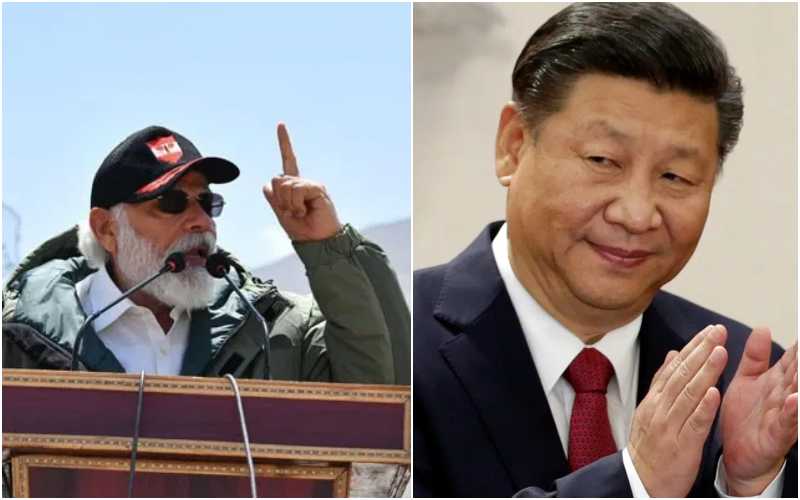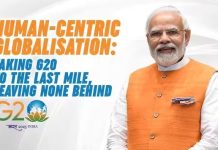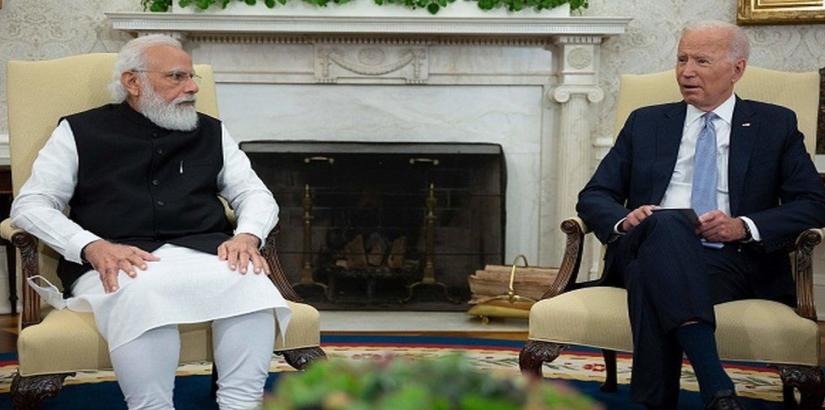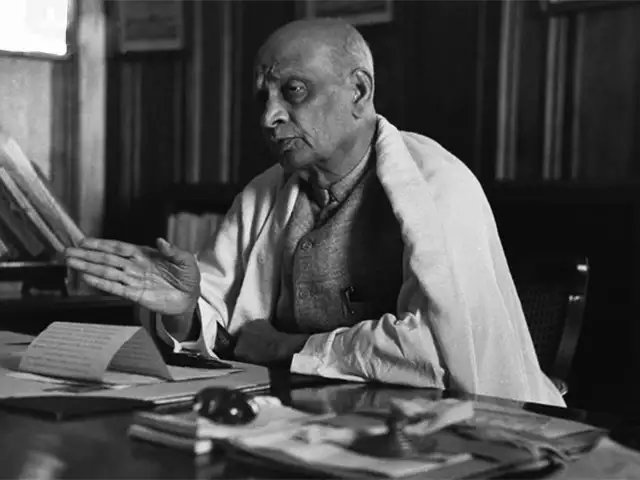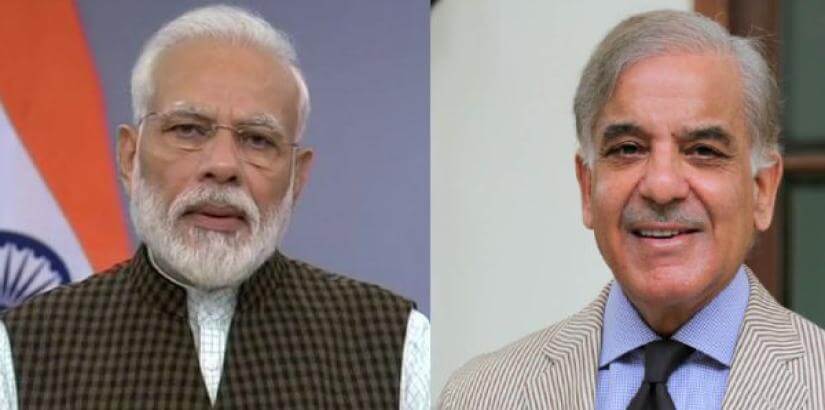Pradeep S. Mehta and Jithin Sabu
The India-China relationship is one of the most complex ones in the world. It is also quite dynamic and continues to change colors like a chameleon. The border area in Ladakh where the 1962 conflict took place is once again embroiled and the Chinese Communist Party (CCP) is playing a game of Chinese checkers. In between both Indian Prime Minister, Narendra Modi and Chinese President for life, Xi Jinping has tried to establish peace but the pow-wows only resulted in platitudes and hortatory statements.
Taking a reality check, even when Xi was to visit Ahmedabad in September 2014, Chinese PLA (People’s Liberation Army) troops had picked up a quarrel with the Indian Army on the other side of the Line of Actual Control. There was a standoff but no deaths. Later in June 2020, the conflict was much more severe with 20 Indian troops being killed in the clash, while many more Chinese troops died too. Since then many rounds of discussions have taken place at different levels, but one doesn’t know what will stand. It is so difficult to trust the Chinese.
Border dispute
So much for the border dispute between India and China with no light at the end of the tunnel. This has also got complicated by China building a highway in Pakistan-occupied Kashmir, an Indian territory. It is time that we think of a radical step so that the bilateral relations are brought to an even keel. Commercially, we are hitting China badly by banning their investment and technology even at a cost to us. We are also raising the status of our relations with Taiwan.
On the other hand, the pressure is mounting on India to raise the cause of Tibet on international platforms, as the United States has set a new direction when it passed the Tibetan Policy and Support Act (TPSA) in December, 2020.
India needs an independent Tibet policy
In the same light, India should inter alia go ahead and redefine the Sino-Indian border as the Indo-Tibetan border and withdraw our old recognition of Tibet as being part of China. We need to de jure recognize Tibet as an illegally occupied friendly neighbor. This has also been articulated by Tibetan leaders in India. An independent Tibet policy by India, similar to TPSA, will help it to take a more assertive stance on the Tibet issue while dealing with the CCP.
In order to support Tibet, India has been hosting the Tibetan government in exile since China overran the tabletop geography in the 1950s. Albeit, India’s stand on Tibet and its proximity to the Central Tibetan Administration and Dalai Lama was in accordance with the New Delhi-Beijing understanding, beginning from 1954 when India signed a trade agreement with China. This stand was maintained through various joint statements till 2010 in order to promote peace and trade.
The CCP is continuing its disregard for human rights in Tibet with more vigor. Beijing is building and filling huge camps in Tibet, which are used as stages for forced labor, cultural genocide, and political indoctrination. According to Lobsang Sangay, the President of the Tibetan Government in exile, rural Tibetans counting more than half a million were pushed into these camps where they are indoctrinated to think on their lines, accompanied by military-style training. A large number of rural Tibetans are forcefully sent to other parts of China to work in factories and other menial jobs. The forceful relocation of rural Tibetans is part of Beijing’s effort to extinguish the culture, religion, and language of Tibet. From 2009, more than 150 people self-immolated in protest against Chinese atrocities in Tibet. Leaders of Tibet have been requesting the attention of world leaders to these human rights violations for a long time.
The United States has catalyzed an international movement by passing the TPSA and inviting Lobsang Sangay to the US. President Joe Biden has also expressed his interest to meet Dalai Lama and has spoken about appointing a new coordinator for Tibetan issues. India should reinforce the movement by raising the cause of Tibet on various international platforms and by attracting the attention of the international community. If it was the 1954 India-China agreement and the US support in the 1970s, which gave recognition to One China policy and bolstered China’s power and legitimacy over Tibet, both countries should now jointly work together with their democratic allies against the CCP’s expansionist designs.
Tibet card
The Indian Army’s proposal of studying Tibetan history, culture, and language on both sides of the Line of Actual Control and the international boundary for its officers are hinting at a changing stance in the Indian side about using the Tibet card. It is discussed as part of the actions being deliberated to fight the propaganda and spread of influence by China in Tibet.
India also publicly acknowledged Special Frontier Force’s role during the military maneuver to occupy heights on the south bank of Pangong Tso-Kailash range area in end-August 2020. Special Frontier Force was a covert special unit that recruits from the Tibetan community exiled in India. This is a good start from the Indian side in recognizing the Tibetan cause and taking it to the forefront of the fight against Chinese Imperialist expansionism.
The CCOP’s destruction of the Tibetan culture and religion has to be countered by Indian diplomacy. Beijing’s attempt to interfere in the selection of the new Dalai Lama and place a puppet in the position has to be thwarted by India and its democratic allies.
Read More: Losar celebrated in Dharamshala
India must seek a larger role for the Dalai Lama and the Central Tibetan Administration in the international arena. It should confidently take the issue of Tibetan freedom, not autonomy, in the forefront of its fight against CCP’s imperialism, rather than appeasing a constantly bullying neighbor. Together with the United States, India should express intent to open a consulate general in Lhasa.
India should learn from history that China will continue with its fake claims, ‘grab and deny’ attitude, and ‘wolf-warrior diplomacy.’ One should remember that a bully will remain a threat only until it’s challenged by others. After all, it was the young David who defeated the giant Goliath, despite his disadvantages on strength, weight, weapons, armory, etc.
(The author work for CUTS International, a global public policy think tank working on trade, regulation and governance issues. The views are personal) South Asia Monitor

